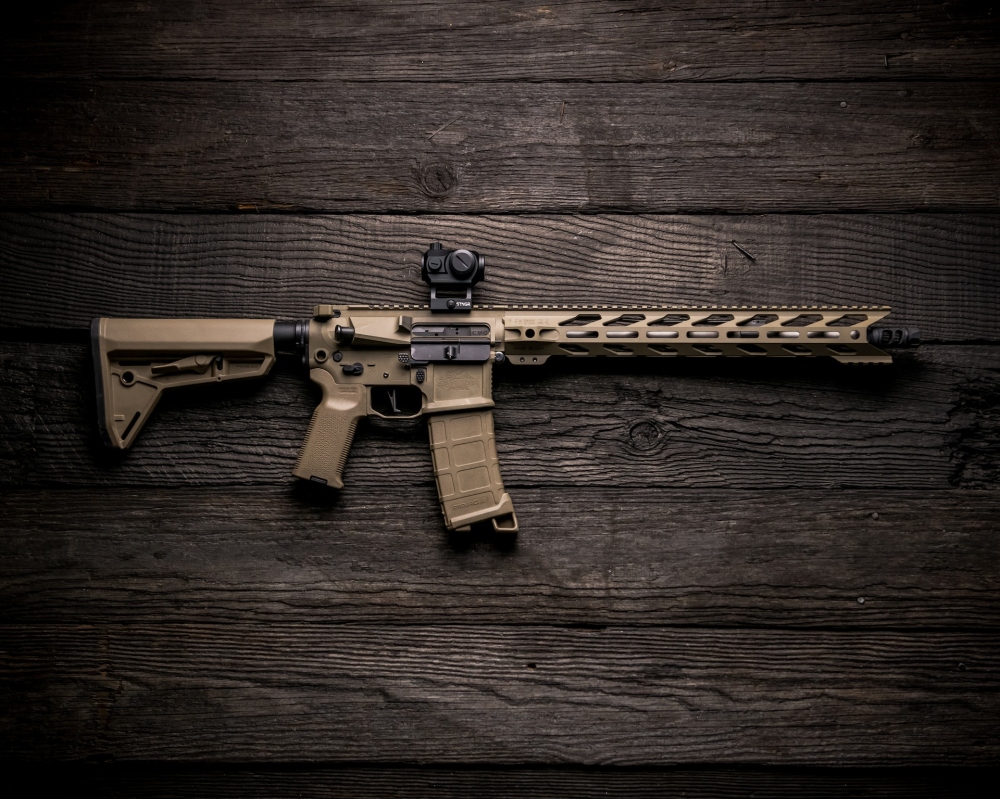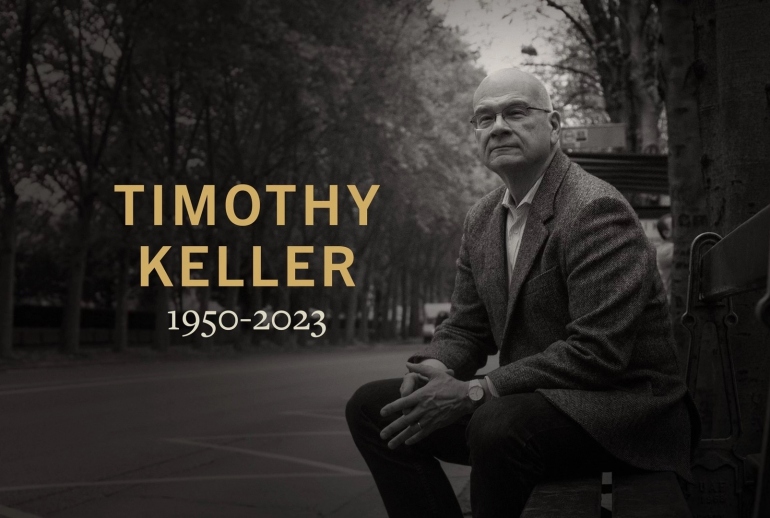I am not anti-gun. I have enjoyed taking small groups out for target practice, and for many years I went deer hunting each year with my son. One benefit to marrying Margie was being invited to join her brothers for hunting season each November in northern Minnesota. We hunted on family farms, where everyone knew where everyone was, and where uncles taught nieces and nephews safe hunting practices. On Saturday of that week, after the morning hunt, we’d all gather at one of the farms for butchering. Long tables were set up, knives sharpened, butcher paper ready. By the end of the day each family had their share of venison to take home ready for the freezer. It was an annual event I still remember with great fondness. Though the arthritis in my knees made me drop out some time ago, each year I await my son’s report on how the week went.
My deer hunting rifles were deadly weapons. I owned a 30-06 and a 30-30, which I have since passed on to my son. I was glad they were powerful, because I was careful to always try to take the deer in one clean shot, since I didn’t want to merely wound them. As a result, I passed on a lot of shots, but I did not regret it. Deer are beautiful animals, loved by God, my Creator and theirs, who calls them “good,” and I always wanted to treat them with the dignity they deserve as my fellow creatures. When I got a deer, I always paused to express gratitude. I understand why some of my friends are anti-hunting or vegetarians. I honor their convictions even though I do not share them, and take their concerns seriously, sharing many of them.
Hunting rifles like mine are one thing, the AR-15 is something entirely different. Colin Dickey explains how in “The Gun that Unmade America,” a book review of American Gun by McWhirter & Elinson in The New Republic (November 2023).
When Eugene Stoner first set out to design the AR-15, military thinking was at a turning point. By 1952, the Pentagon had determined that success in battle was not due to marksmanship, with American service members using long-range rifles at great distances to take out targets. Rather, war was close-fought, and troops under fire shot without precision; the key to success, the military now believed, lay in guns that sprayed as many bullets as possible. They were slow to adapt their weaponry to this understanding, but it represented a sea change not only in tactics and technology, but also in the way warriors imagined themselves. As John Ellis wrote in his 1975 book, The Social History of the Machine Gun, rifles like the AR-15 “negated all the old human virtues—pluck, fortitude, patriotism, honor—and made them as nothing in the face of a deadly stream of bullets, a quite unassailable mechanical barrier.”
The machine gun, in essence, undercuts all the pageantry and symbolism surrounding the American fighting man: His job is not to display skill or heroism, so much as it is to dispense as much firepower as possible. Thus, American Gun suggests, the AR-15’s awful popularity. Among its biggest consumers were the type of men the industry itself derisively referred to as “couch commandos” and “tactards” (short for “tactical retards”): “wannabes” who were trying to look cool but lacked any skill or discipline. “The gun looked martial and intimidating,” McWhirter and Elinson write, “but Eugene Stoner had designed it to be easy to aim and shoot for just about anyone…. In many ways, the AR-15 was the ideal firearm for the modern American man: it looked macho, but he didn’t have to put much effort into shooting it.” Even the stupidest of high schoolers could use it to murder dozens of classmates in seconds.
The gun manufacturers know this, and they play to it. Among the most notorious ad campaigns for the AR-15 was one launched by Bushmaster and featured in Maxim magazine in 2009. A series of proposed ads leaned entirely into toxic masculinity with lines like, “Helping Men Grow a Pair Since 1978” and “It Is Never Too Late to Be a Man,” with the final published ad reading “Consider Your Man Card Reissued.” The campaign’s success was emblematic of how manufacturers have consistently marketed the gun through appeals to insecurity and vulnerability. To this mix, it always helped to add paranoia. In the book, Bushmaster’s former chief executive John DeSantis recalls the sales boost that followed the Y2K panic: “People were just concerned there was going to be mass rioting in the streets. A lot of the crazies bought semiautomatic rifles and yeah, we exploited that situation.”
This surge in gun ownership is one of the many ways the United States remains singular, if not unique. Other countries, such as Australia (after the Port Arthur Massacre in 1996), banned assault rifles and instituted buybacks, effectively ending mass shootings in those countries. But a central resistance to such measures in the United States is the idea that guns are necessary for patriots to resist a coming totalitarian state where they’ll need to take the law into their own hands. This has unequivocally failed to happen in any other country that has banned assault rifles, but it has not stopped the belief among many that semiautomatic rifles are necessary for purposes that go beyond hunting or home defense. Ultimately, American Gun is an indictment on a paranoid, apocalyptic country, riven with people who cannot help but see their neighbors, as well as their own government, as perpetual threats that must be met with deadly force.
At bottom much of the problem is a loss of trust. Trust in our institutions, our public servants, our neighbors who disagree with us politically, morally, religiously, or socially. The Christian faith has much to say about trust in a broken world and calls the followers of Jesus to demonstrate what it looks like. There is, of course, a risk in that, but we are also told not to be afraid but to be of good courage. The AR-15 is not designed for hunting, nor is it used for that. It is designed with one aim in mind, namely, to kill as may individuals as possible in the shortest amount of time. The military needs it (their version is the M16), and that is legitimate. Average citizens, even good law-abiding citizens, do not.
The AR-15 should be banned. This doesn’t strike me as a difficult moral or social justice issue.



